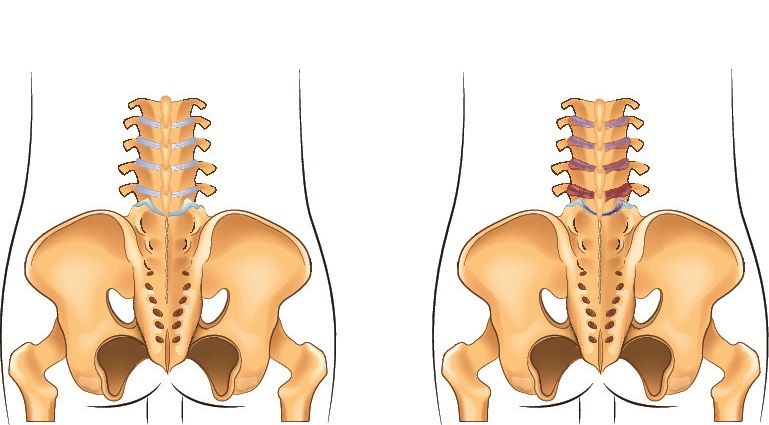Article
An Ankylosing Spondylitis Medical Mystery Solved?
The cause of discovertebral lesions in ankylosing spondylitis may be due to infectious, inflammatory or traumatic etiologies suggest researchers writing in the Journal of Rheumatology. They examined the most prevalent-and conflicting-theories associated with this medical mystery.
(©AdobeStock_Artemidapsy)

The cause of discovertebral lesions (Andersson lesions (AL)) in all phases of ankylosing spondylitis (AS) has long perplexed clinicians and radiologists alike. An editorial by Kim and Lee1 published in a March issue of the Journal of Rheumatology attempted to sort out the evidence supporting the most prevalent-and conflicting-theories suggesting that AL result from infectious, inflammatory, or traumatic etiologies.
Infectious origins have been disproved by lack of positive culture results, Kim and Lee reported. A second theory holds that singular AL may be an extension of inflammatory mechanisms that seem to be supported in the development of anterior Romanus lesions, they suggested this is unlikely as Romanus lesions generally affect multiple spinal levels while AL tends to be limited to only one.
A new study by Qiao et al2 (published in the same issue) determined a more likely mechanical traumatic etiology, based on their examination of radiographic and clinical data from 18 extensive AL, as well as pathologic samples acquired from surgery on these patients. The editorial applauded the novel approach to matching harvested samples to radiographic evidence, but noted several limitations to the study in that it was a cross-sectional rather than longitudinal study, and the exclusion of 58 patients who did not show signs of severe cord damage at the apex, which might favor a determination of traumatic injury.
The notion of trauma as a major factor in AL was however, supported by a much earlier study by Chan et al3, in which AL was associated with spinal fractures owing to direct minor trauma. They observed that “a posterior element weak link, as a bony break or facet joint non-fusion, was an essential component in every lesion.”
Kim and Lee found no clear evidence of a cause as yet. “It is possible that inflammatory as well as mechanical factors may play a role, with mechanical factors including not only trauma, but also factors related to stiff kyphosis, osteoporosis, and short mobile spinal segments,” they suggested.
REFERENCES:
1. Kim TH, Lee S. Etiology of Pseudarthrosis in Ankylosing Spondylitis: What Is the Main Cause? J Rheumatol 2019;46:226-228.
2. Qiao M, Qian BP, Qiu Y, Mao SH, Wang YH, Radiologic and pathological investigation of pseudarthrosis in ankylosing spondylitis: distinguishing between inflammatory and traumatic etiology. J Rheumatol 2019;46:259–65
3. Chan FL, Ho EK, Fang D, et al. Spinal pseudarthrosis in ankylosing spondylitis. Abstract. Acta Radiol 1987 Jul-Aug;28(4):383-8.




